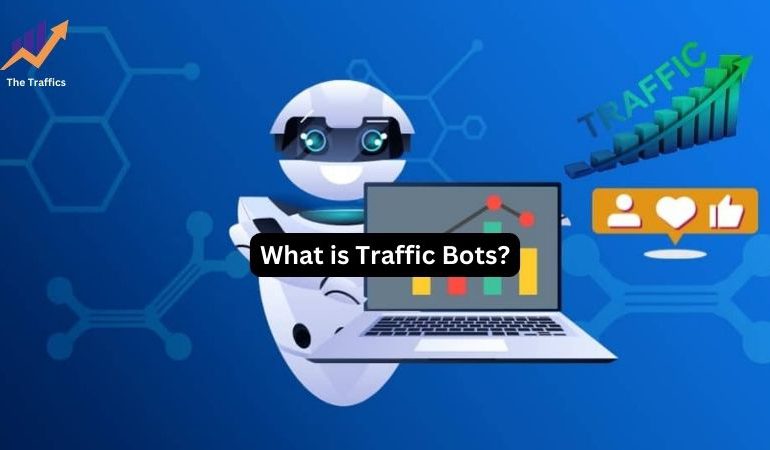Understanding Traffic Bots: What They Are and How They Work

Website owners and digital marketers have to deal with a big problem called traffic bots. Traffic bots try to behave like humans, visiting thousands or even millions of web pages, and some do it for good reasons, while others do it for malicious purposes. In this article we will talk about bot traffic: how it works, what is the difference between good bots and bad bots, how bot traffic affects website performance and end users’ experience, how to detect bot traffic and what tools are available to control it.
Exploring the Basics of Traffic Bots
In websites and apps, bot traffic means traffic to your site or app that comes from bots instead of human beings. Traffic bot software is a computer program that can behave like humans to website visits. They are used to either exploit vulnerabilities of a website or perform tasks such as clicking ads, and links or filling some forms automatically.
Some web traffic bots are considered useful while more malicious bots can cause harm to your website by performing unwanted tasks or deceiving users. Therefore, website owners and digital marketers should be aware of these traffic bots as they are also used by search engines like Google to index web pages and collect data.
Different Between Good and Bad Bots
When we talk about website traffic, it’s important to understand there are good bots and bad bots. Good bots called organic traffic bots like search engine crawlers or digital assistants help make web pages discoverable or answer queries/inquiries with information, making a site more visible and improving its search ranking.
But Bad bots can perform tasks like: (credential stuffing) or scamming; extracting pricing information and other valuable data from your site without permission; or overwhelming your site with so much traffic that it slows down or crashes (DDoS attacks), impacting your site’s user experience as well as its performance in general. It is important to be able to tell which is which to ensure smooth and secure website traffic.
The Impact of Web Traffic Bots on Websites
When bot traffic visits a website, it messes with lots of things like how we understand the site’s performance through analytics metrics, what kind of experience real users have, and the bounce rate.
Basically, these bots act to be visitors but they’re not human at all. This makes our data look weird because we see more visits than there actually are. It can make us think people are staying on pages longer or leaving quickly which isn’t true for actual visitors.
For people who run websites, it is very important to know about this and deal with it so they can trust their numbers again and make sure that the real people who visit their sites are having a good time.
Identifying Traffic Bots: Techniques and Tools
To spot bot traffic, website owners need to use certain tricks and gadgets. They can figure out if the visitors are bots or real people by checking their IP addresses against a list of known bot activities. This helps in catching and stopping dodgy visits to the site. On top of that, there are some pretty smart tools out there that learn on their own and watch how users behave to catch and deal with bot activity better. These tools keep an eye on things all the time, letting website owners know right away if something fishy is going on, including suspicious activity from a single IP address, so they can handle it before it becomes a big problem.
Key Indicators of Bot Presence on Your Website
- To determine if there are bots on a website, you need to watch for a few signs. If the bounce rate suddenly spikes or drops unusually low, that could indicate bot activity.
- Also, if traffic is coming from known bot-heavy places or IP addresses, it’s likely there are unwanted visitors.
- Checking the duration of sessions can also be helpful. If session times are significantly shorter or longer than typical human behavior, it’s probably not real people.
- Lastly, if you notice strange conversions like forms filled with gibberish, that’s likely bots causing the issue.
Conclusion
The need to understand your traffic bots is key to a smooth, safe website. Be sure to distinguish the good bots from the bad, implement robust detection tools, and save useful tips for best practices in minimizing disruptions from unwanted bots visiting your websites.
Keeping up-to-date with new bot threats and technologies is also very helpful for proactive protection. Timely resolution of the problems caused by bots ensures data protection, user experience, and general online safety. You need to be aggressive in strategies aimed at protecting your web presence from the damaging consequences of bots.






